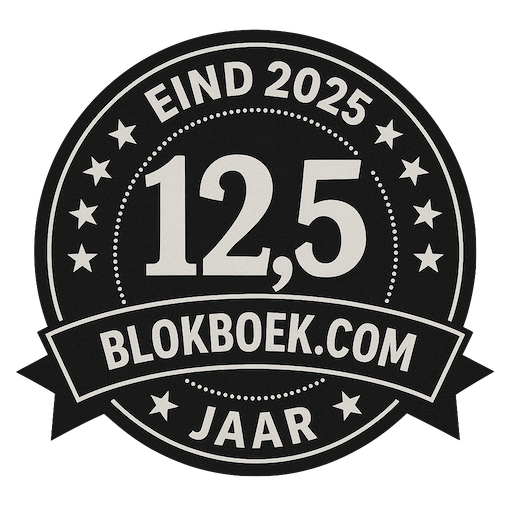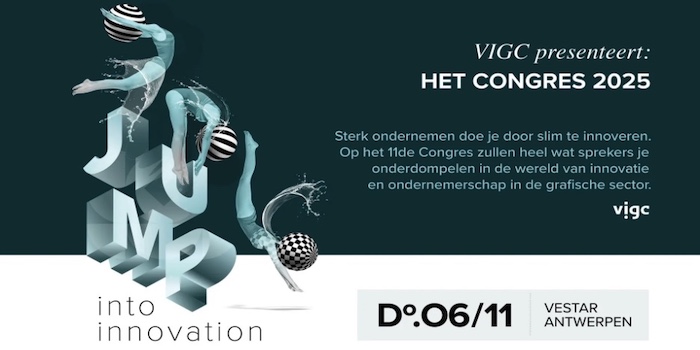Laurel Brunner: Chemical Reactions
 An ongoing European initiative linked to the Registration, Evaluation, Authorisation and Restriction of Chemicals (REACH) directive could spell the end of gravure printing in Europe. REACH requires that manufacturers and importers collect data on the characteristics of the chemicals they use, to be sure they can be safely handled. The European Chemicals Agency (ECHA), based in Helsinki, registers the information in a central database of chemical hazards that is available to the public.
An ongoing European initiative linked to the Registration, Evaluation, Authorisation and Restriction of Chemicals (REACH) directive could spell the end of gravure printing in Europe. REACH requires that manufacturers and importers collect data on the characteristics of the chemicals they use, to be sure they can be safely handled. The European Chemicals Agency (ECHA), based in Helsinki, registers the information in a central database of chemical hazards that is available to the public.
ECHA is the heart of REACH and as part of ECHA’s community rolling action plan (CoRAP) asks companies to evaluate chemicals in terms of their impact on human health and the environment. One of the chemicals on the list is chromium trioxide (CrO3) used in gravure printing and other industries for electroplating. CrO3is also used in screen printing and photography, as well as the car and aviation industries. Once on the CoRAP list, a chemical’s industrial usage days may be numbered. In the case of CrO3, this could pose an existential threat to gravure printing.
The CoRAP list names nearly 300 chemicals being evaluated over a rolling three year period and it evolves in line with evaluations and input from European Union member states. Chemicals deemed safe can get dropped after the first year’s consideration, leaving space for new substances which may not be so safe. The CoRAP list is updated regularly and member states can ask the ECHA to prioritise chemicals they consider to be especially risky according to their national risk assessment guidelines.
Risks are obviously assessed according to the hazardousness of the chemical and the amounts used. Also considered are exposure data, ie the likelihood that the chemical will reach humans or the environment. The ECHA also looks at the aggregated tonnage of a substance, to assess its overall impact. This means that something really toxic but with very controlled exposure, will be less of a priority for banning than something less damaging that has a major exposure.
CrO3 is a very toxic compound. It’s highly corrosive and a known carcinogen, so it’s definitely a potential environmental and health hazard. But is it’s use in gravure printing so very dangerous? This has yet to be established but it is likely not, in that the use of CrO3 in gravure printing is very carefully controlled. This minimises, but does not necessarily remove, the risk that it will reach the environment or people.
The ECHA wants to hear from companies who manufacture, import or use it so that its risks can be identified and further evaluated. The good news is that the European Rotogravure Association is already on the case, working to ensure that CrO3 can continue to be used under properly controlled circumstances.
Laurel Brunner

This blog has been made possible by: Agfa Graphics (www.agfa.com), Digital Dots (http://digitaldots.org), drupa (www.drupa.com), EFI (www.efi.com), Fespa (www.fespa.com), Heidelberg (www.uk.heidelberg.com), Kodak (www.kodak.com/go/sustainability), Mondi (www.mondigroup.com/products), Pragati Offset (www.pragati.com), Ricoh (www.ricoh.com), Shimizu Printing (www.shzpp.co.jp), Splash PR (www.splashpr.co.uk), Unity Publishing (http://unity-publishing.co.uk) and Xeikon (www.xeikon.com).
Blokboek.com is the Dutch media partner of Verdrigris, a non-profit initiative which aims to realistically chart the real footprint of printing and which helps companies and organisations to lower that footprint. More information about Verdrigris can be found via this link.

De trainingen voor 2022 staan gereed. Kijk voor het volledige online aanbod van bestaande- en nieuwe trainingen op de website.
BLOKBOEK.COM EN PRINTMEDIANIEUWS: HET OPTIMALE DOELGROEP BEREIK


















